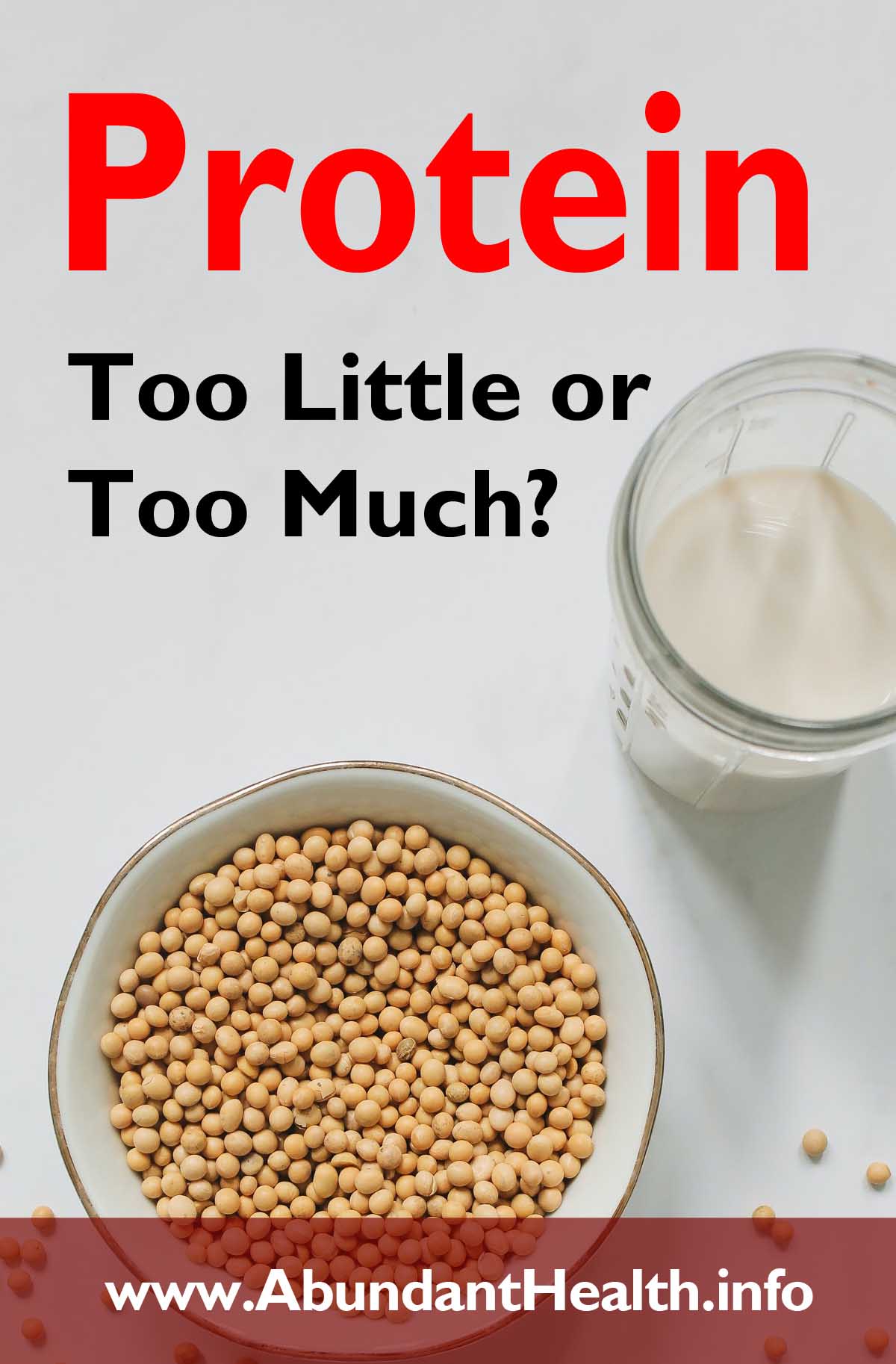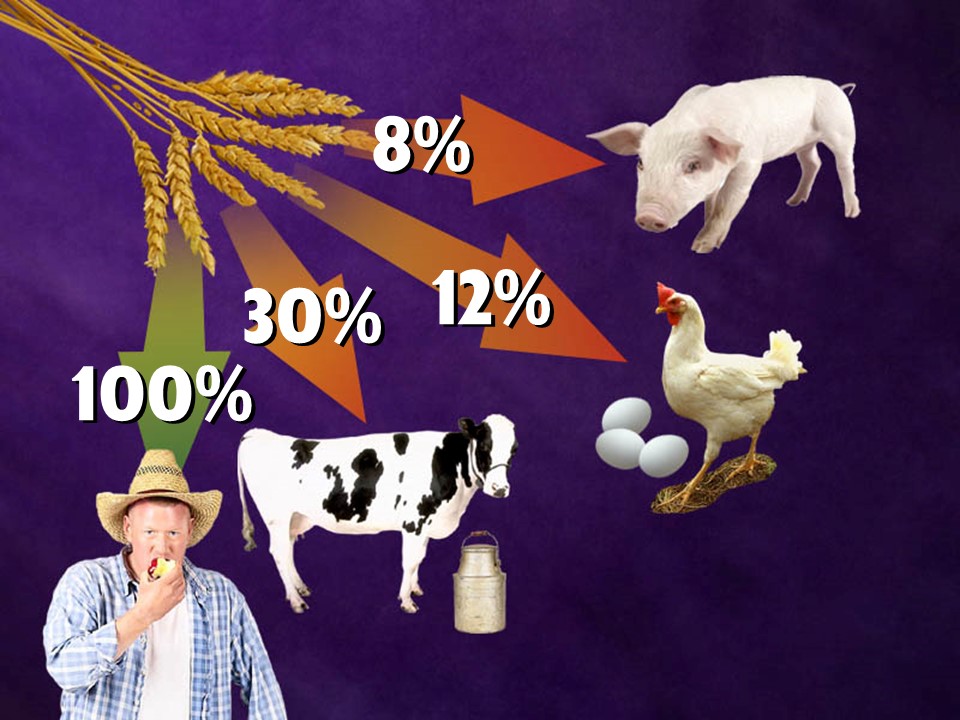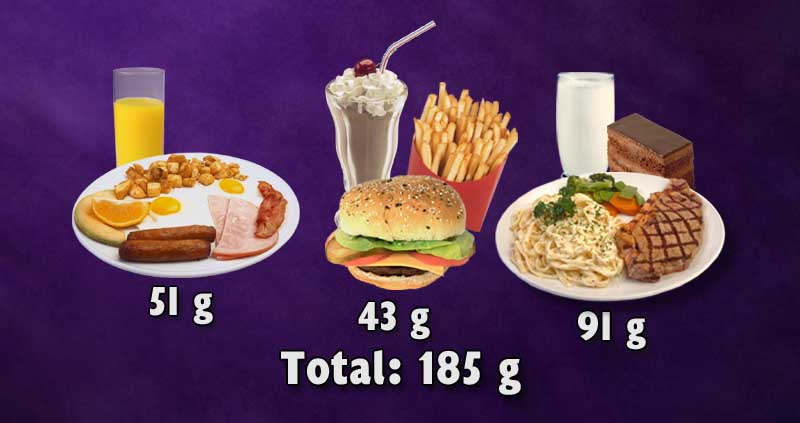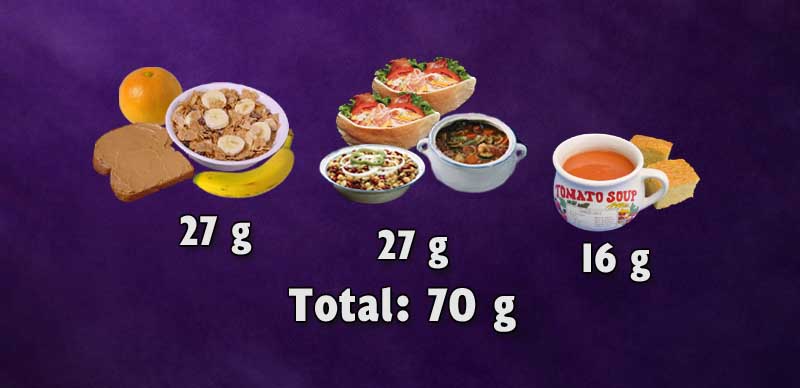Proteins play an important role in many physiologic processes of the body. They occur in the genetic material, the hormones, the enzymes, in the hemoglobin as well as in the bones, the hair, the nails in every cell of our body. They are responsible for many allergies, but at the same time essential for the immune system to protect us. They work as a means of transport for the absorption of vitamins, minerals and fat.

Smallest Building Blocks
Proteins are made up of so-called amino acids. We know 20 amino acids, which we take in through different protein food sources and convert them to the body’s own protein. These 20 tiny building blocks can be assembled in countless combinations to form chains and intertwined structures. Assuming we were assembling a chain of only 10 out of these 20 different parts, this would give 10,240,000,000,000 different possibilities. Human proteins, however, consist of 50 to 1000 or more amino acids. This is the source of the infinite variety, and God created every human being with its own personal protein pattern. But here lies the problem of organ transplants. A transplanted organ is rejected as foreign by the immune system, since it has a completely different protein composition. This needs to be resolved with rigorous compatibility tests and the application of immune depressing drugs after the operation.
Sources of Dietary Proteins
Plants are the only ones able to produce protein from inorganic compounds, such as minerals from the soil and gases from the air. Animals and humans assemble their own body protein from amino acids found in plants: legumes, fruits, vegetables, seeds, herbs and grasses. The protein that humans take in from animal nutrition such as milk, eggs and meat are originating the same way from plants. But this detour is an enormous waste. Because from 100 grams of ingested vegetable protein, the animal can only produce 8 to 10 grams of meat protein. Truly a waste of raw materials when we think of the steady increase in the world population.

The question now arises as to which protein is more valuable, that of animals or plants? Which one is utilized better by the body? The value of a food protein is traditionally determined by its amino acid pattern. The better the pattern corresponds to people’s needs, the higher the value. This in turn is determined by the quantity of each of the essential amino acids a food contains.
Essential Amino Acids
The body can build some of the 20 amino acids on its own. Those he doesn’t necessarily need to get through his diet. There are nine amino acids he is not able to produce, but they are vital to our health and must be supplied through our diet. A protein that contains all essential amino acids in sufficient quantity is considered a complete protein.
The protein contained in meat is considered to be a complete protein. The protein contained in eggs and milk is superior to meat in terms of digestibility and value. Grains have a low value because it contains little of an important essential amino acid called lysine. However, this is not a problem, because we do not only eat cereals for a meal. Combining our grains with legumes, this deficiency is made up and all essential amino acids are present in sufficient amounts. We combine all kinds of foods and so we get all the important amino acids with a varied diet.
In addition, the body itself provides important protein. It recycles cells that are being renewed, as well as hormones and enzymes that have performed their function. The body is very economical with this protein. Little is excreted in the stool and urine, but a large part is broken down into the individual amino acids and goes into the storage pool, from which new protein compounds are built up. So we don’t need to worry that we might be missing an amino acid in a certain meal, since the body has enough protein storage for 2 to 3 days. A purely plant-based diet can provide us optimally if we put together clever combinations. Very valuable combinations are, for example, lettuce and potatoes, or legumes and cereals. Nuts and seeds also provide valuable protein and can be incorporated very easily. It doesn’t have to be meat. The consumption of animal protein goes hand in hand with an increased consumption of cholesterol, fat and purines, all risk factors for diseases such as gout and cardiovascular diseases.
Excessive Protein
Excess fat is deposited in the fat cells. Excess carbohydrates are converted into glycogen, stored in the muscles and the liver; when these stores are also full it is converted into fat and stored in fat cells. Excess protein cannot be stored as such. It has to be metabolized. When protein is broken down, ammonia is produced, which is a cell poison. The body immediately converts it into urea, which can then be excreted through the kidneys. This process puts an extra burden on liver and kidneys. The increased uric acid levels will increase the risks of gout. The scientific literature also describes an increase in the excretion of calcium via the kidneys. This has a negative effect on calcium balance and can lead to osteoporosis. The risk of calcium oxalate stones forming in the kidney also increases with an increased protein intake.
Another problem of excess protein is heart disease. Interestingly, animal protein is able to raise cholesterol levels, while plant protein can lower cholesterol levels.1)Van der Meer, R,, Beynen, A.C.. 1987. Species-dependant responsiveness of serum cholesterol to dietary proteins.
J.Am.Oil.Chem. Soc. 64:1172-1177; Sanches A., Horning M.C., Shavlin G.W., Wingeleth D.C., Hubbard R.W. 1985. Changes
in levels of cholesterol associated with plasma amino acids in humans fed plant proteins. Nutr.Rep.Int. 32:1047-1056. An important factor that differentiates animal from plant protein is the ratio between the amino acids arginine and lysine. For the same reason, animal protein is responsible for the development of cancer, while certain plant proteins can have even a protective function.

Excess protein can have a negative influence on endurance. It is interesting that the majority of high performing athletes are nowadays vegetarians, loading up on complex carbohydrates for optimal performance. This makes sense, since carbohydrates are the best energy source, while the protein demands to promote healthy muscle growth are actually quite moderate.
There are several high protein diets that are being promoted for several reasons. Bodybuilders are using protein shakes to promote muscle growth, while others are opting for high protein diets to achieve weight loss. All of those high protein diets will show though a heavy toll on our health.
How Much Protein?
Experts recommend an intake of 0.8 g protein per kilo of body weight per day, which is around 56 g for an adult weighing 150lb (70 kg). These recommendations have already a generous safety margin.
Yet as you can see from this illustration, the average person eating a westernized diet is eating twice the recommended amount, and often even more.

Just 3 meals of these commonly eaten foods contain over 180 grams of protein! The protein excess is the cause of many so-called lifestyle diseases.
Switching to a plant based diet, protein consumption is normally closer to the recommended amounts. Eating a variety of unrefined plant-based foods, will be sufficient to meet or even exceed the required daily amounts, without creating any excess in protein.

Protein Deficiency
Developing countries have often problems with protein deficiencies. Growing children need more protein than adults. Therefore, young children are particularly affected by protein deficiency. The growth is slow, and muscle loss occurs. The liver is often enlarged. Water accumulates in the tissue, leading to the formation of edema, hence the distended bellies of malnourished children. Skin and hair change. It often leads to diarrhea. The immune system is weakened. It comes to hormone deficiency. In western countries, those protein deficiencies are extremely rare.
A Whole Food Diet with Variety
A variety of foods is contributing to our protein requirements. There is no need to cover all the required amino acids in every meal. This could put too much strain on our digestive system. The diversity should be achieved over a longer period of time. If one meal is protein deficient, the next one can make up for it. Since animal foods are very rich in protein and have other disadvantages, a maximum of one-third of the total amount of protein should come from such foods. At least two thirds should come from plant sources. But even a strictly plant based diet, in which animal products are completely avoided, covers the needs of all essential amino acids, when you maintain a healthy variety.

Stay Always Up to Date
Sign up to our newsletter and stay always informed with news and tips around your health.

Esther Neumann studied Nutrition at the University of Vienna. Since then she served as an author for the health magazine “Leben und Gesundheit” and conducted health lectures in various locations of Austria.
Martin Neumann was trained for Lifestyle Interventions in 1998 at Wildwood Lifestyle Center & Hospital. Since then he has lectured in different parts of the world about a healthy lifestyle and natural remedies. He is the founder of the Abundant Health website.
References
| ↑1 | Van der Meer, R,, Beynen, A.C.. 1987. Species-dependant responsiveness of serum cholesterol to dietary proteins. J.Am.Oil.Chem. Soc. 64:1172-1177; Sanches A., Horning M.C., Shavlin G.W., Wingeleth D.C., Hubbard R.W. 1985. Changes in levels of cholesterol associated with plasma amino acids in humans fed plant proteins. Nutr.Rep.Int. 32:1047-1056. |
|---|
Leave a Reply